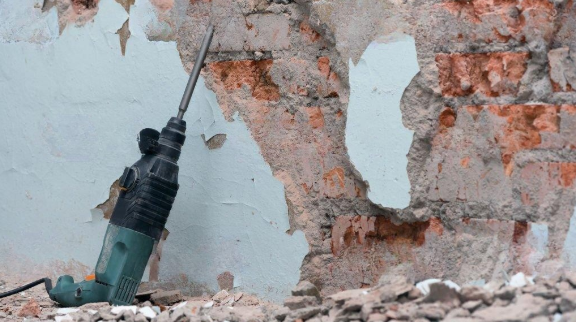A stucco hammer is an essential tool for applying stucco finishes to exterior walls. This article covers the proper techniques for using a stucco hammer, including preparation, application methods, and tips for achieving professional-looking results. It also addresses common mistakes to avoid and recommends seeking quality stucco tools from reputable suppliers.
How to Properly Use a Stucco Hammer for Optimal Results
digital business card stucco is both an art and a science. While it may seem straightforward, achieving a smooth, durable, and visually appealing stucco finish requires skill, practice, and the right tools—chief among them being a high-quality stucco hammer. This versatile tool is designed to help you work the stucco mixture into a uniform consistency and create the desired texture on walls and surfaces. Here’s a comprehensive guide on how to properly use a stucco hammer to ensure optimal results.
Preparation is Key Before you start hammering away
it’s crucial to prepare both the surface and the stucco mixture correctly. Ensure the surface is clean, free of debris, and properly scratched or scored to promote better adhesion. As for the stucco mix, follow the manufacturer’s instructions carefully, mixing it to the right consistency—not too dry or too wet.
Proper Hammering Technique Grip the stucco hammer firmly with both hands, keeping your body squared to the wall. Maintain a comfortable stance, slightly bending your knees to avoid back strain. Start at the bottom of the wall and work your way up in horizontal sections.
For the first coat (scratch coat), use the flat side of the hammer to firmly press and spread the stucco mixture onto the surface. Apply enough pressure to ensure good adhesion but avoid overworking the area, which can lead to surface defects.
Once the scratch coat has been partially set (usually within a few hours), it’s time for the brown coat. Switch to the grooved side of the hammer and use a circular motion to create the desired texture. Apply moderate pressure and move the hammer in overlapping patterns to achieve a consistent finish.
For the final coat (finish coat), use whichever side of the hammer is appropriate for the texture you want to achieve—flat for a smooth finish or grooved for a more textured look.
Common Mistakes to Avoid
- Not preparing the surface properly, leads to poor adhesion.
- Mixing the stucco too dry or too wet, results in cracking or an unworkable consistency.
- Applying too much pressure, can cause the stucco to separate or become overworked.
- Failing to work in sections, leading to visible lap marks or inconsistent textures.
- Using a low-quality or damaged stucco hammer can create unsatisfactory results.
FAQs
Q: How often should I replace my stucco hammer?
A: It depends on the quality of the hammer and how frequently you use it. Generally, you should inspect your hammer regularly and replace it if the edges become excessively worn or the surface is damaged, as this can negatively impact the finish.
Q: Can I use a stucco hammer for other tasks?
A: While stucco hammers are designed specifically for stucco application, you can use them for other tasks that require texturing or flattening surfaces, such as concrete or plaster work. However, be cautious as using the hammer improperly could damage the tool or the surface you’re working on.
Q: How do I clean my stucco hammer after use?
A: Proper cleaning is essential to extend the life of your hammer. After each use, scrape off any excess stucco from the hammer’s surface while it’s still wet. Once dry, use a wire brush or other abrasive tool to remove any remaining residue. Avoid letting stucco dry and harden on the hammer, as this can be difficult to remove and may damage the tool.
Q: What other tools do I need for stucco application?
A: In addition to a high-quality stucco hammer, you’ll need a hawk (a portable surface for holding stucco), a stucco rake or straightedge, a masonry brush, and a bucket trowel. Having the right tools on hand will make the job easier and help you achieve better results.
Conclusion
Applying stucco is a skilled trade that requires the proper tools and techniques to achieve a professional-looking finish. By following the tips outlined in this article and using a high-quality stucco hammer, you can increase your chances of success. For those seeking top-notch stucco tools and equipment, we recommend exploring the offerings from certifiedmtp.com, a trusted supplier of materials testing and lab supplies known for their competitive prices and exceptional customer service.
